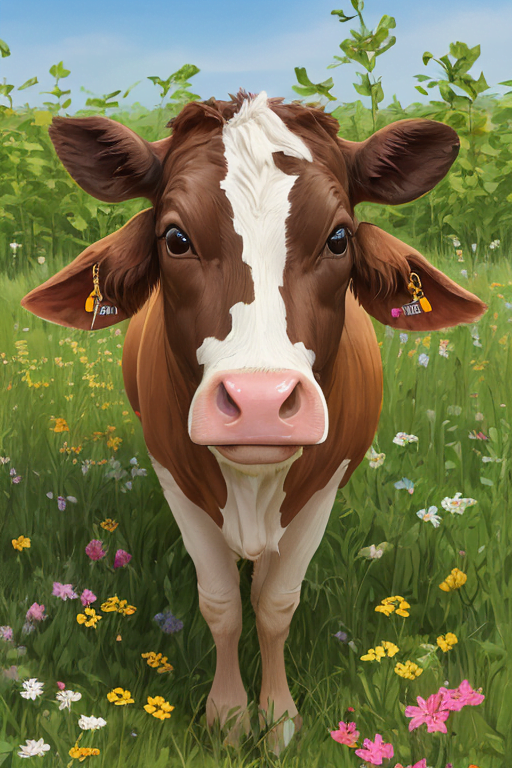Common Sunflower: A Beacon for Butterflies
Here’s a brief look at how the Common Sunflower serves as a beacon for butterflies.

Here’s a brief look at how the Common Sunflower serves as a beacon for butterflies.

By painting a vivid picture with words, we’ll explore the various features that make milkweed unique and recognizable.

In North American gardens, dill serves as both a delightful addition to vegetable gardens and a vital component of butterfly gardens.

Expired Milkweed seeds are not destined for the waste bin; they’re potential wildflowers waiting to bloom.

Plant More Milkweed—even just scattering seeds in suitable locations—is a simple yet powerful action that can have profound ecological benefits.

Narrowleaf Milkweed (Asclepias fascicularis) is native to the western United States. It can be found growing in a variety of habitats, including grasslands, open woodlands, and along roadsides.

Savannah Milkweed (Asclepias pedicellata) is an essential component of the southeastern United States’ natural heritage.

Turns out, while it doesn’t make cheese, and it’s not a weed, Milkweed is a favorite among Monarch Butterflies and can be found all across Wisconsin’s pastures, prairies, and forests.